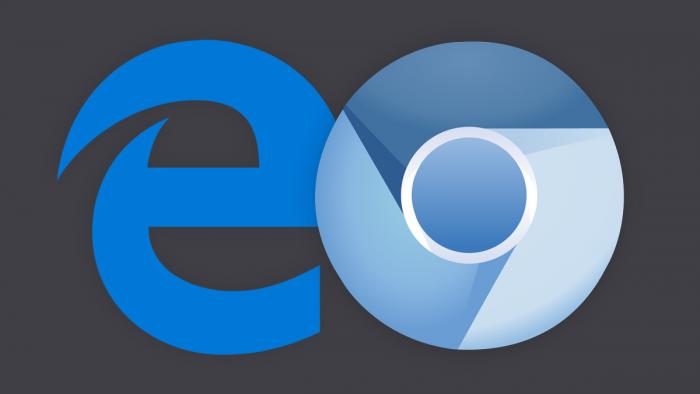
- #Microsoft edge home page language install#
- #Microsoft edge home page language update#
- #Microsoft edge home page language windows 10#
- #Microsoft edge home page language software#
- #Microsoft edge home page language windows 7#
#Microsoft edge home page language windows 10#
To switch between languages in Windows 10 and Windows 8, use the language bar in the Notification Area of the Taskbar or use the keyboard shortcut Windows key + Spacebar. In Internet Explorer: Gears menu-> Manage Add-ons-> Spelling CorrectionĪdding support for an additional language in Windows 10. Start-> Settings-> Time & language-> Region & language-> Add a languageĬontrol Panel-> Clock, Language, and Region-> Language-> Add a language
#Microsoft edge home page language install#
Internet Explorer 10, Internet Explorer 11 and Edge completely depend on Windows to offer you spell check capabilities.īy default, Windows only offers you spell check capabilities for the language that you chose to install Windows in, but luckily it is quite easy to add additional languages in the following way Outlook on the Web (formerly known as Outlook Web App or OWA) completely relies on the spellcheck capabilities of the Internet Browser that you are using.įor some browsers, it is quite easy to add additional spell-check languages while for others you need to dig a little bit deeper within the options and settings that the browser provides. How can I add additional languages to Outlook on the Web? Unfortunately, Outlook on the Web doesn’t seem to recognize when I type in Dutch or German. I’ve installed everything on my computer in English and when I type an email in Outlook on the Web, the English spellchecker kicks in when needed. Microsoft hasn’t yet acknowledged the bug, so an ETA for the fix isn’t available at the time of writing.I’m multilingual and frequently type emails in English, Dutch and German.
#Microsoft edge home page language update#
It is updated through Windows Update, which allows for a more straightforward and automatic update process, without much user input required. On Windows 10 devices, the Chromium Microsoft Edge has become the default browser, replacing the original version.
#Microsoft edge home page language windows 7#
Despite the fact that Windows 7 has already reached the end of support, Microsoft will continue to update its browser on this platform for 18 more months – the timeframe aligns with the one used by Google for Chrome browser. On Windows devices, the overhauled Edge browser can be installed on Windows 7, Windows 8, Windows 8.1, and Windows 10.
#Microsoft edge home page language software#
Microsoft’s new Edge browser is based on Chromium, the same engine that powers Google Chrome, and this allows the software giant to release the app on both Windows and Mac. The glitch does not exist in Microsoft Edge Canary, Dev, and Beta on Windows, as all these testing builds install in the correct language on Windows.

Menu (three-dot icon in top-right corner) > Settings (gear icon) > Languages (language icon in the left sidebar) > Add languages (button in the top right corner) > Type language name in the search boxīy the looks of things, this issue happens mostly on Windows for a reason that is yet to be determined, and I expect Microsoft to fix it in the very next update for the browser.

On the other hand, if the browser uses a language like Japanese or Chinese, you can use the menu items icons to figure out where to go. If you can figure out the name of menu items, the path to changing the default language is this: Menu > Settings > Languages > Preferred languages > Add languages The bigger problem if this bug occurs is changing the language to English or whatever you want could be really difficult if the browser picked something like Japanese or a language that you don’t understand. Microsoft too confirms in a tech support document on its website that “the new Microsoft Edge defaults to use the same language as your system.” This is clearly unexpected behavior, especially because the browser should first and foremost check the system language and use it for its very own interface as well – Microsoft Edge comes with multi-language support, so you can configure the primary language that you want to use from the settings screen.


More specifically, I’ve seen users reporting that the browser installed in Japanese, Italian, German, and French, despite the language on their Windows devices was configured to English. Microsoft has released a new browser for Windows and Mac, but unsurprisingly, this very first version comes with its own set of problems.Īs many discovered after downloading the browser, the Chromium-based Microsoft Edge appears to install in the wrong language, regardless of the settings on the device.


 0 kommentar(er)
0 kommentar(er)
